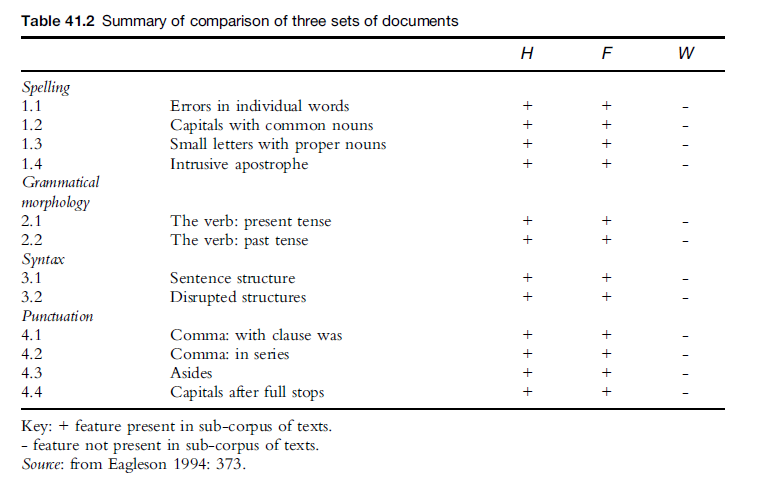«Язык пираха обладает одной из самых скудных фонологических систем в мире —— всего тремя гласными (і, а, о) и восемью согласными (p, t, k, s, h, b, g и гортанная смычка) в речи мужчин. В женском варианте языка используются те же гласные, но согласных всего семь: дело в том, что женщины произносят h и там, где мужчина сказал бы s. Таким образом, у женщин набор согласных беднее, чем у мужчин. Подобное явление нельзя назвать уникальным и неизвестным науке, но оно необычно».
* * *
[Пираха – тональный язык, где интонация фонемы имеет смыслоразличительное значение, примерно как в китайском. ]
«Женщина издавала ритмичное мычание, адресуя зти звуки ребёнку, лежащему у неё на коленях, а тот не переставал энергично сосать молоко. Я наблюдал за этой сценой и лишь спустя некоторое время понял, что мычание — это не что иное, как описание кита и эскимоса, изображённых на страницах журнала. Ребёнок время от времени отвлекался от груди и посматривал на картинки, а мать старалась показать их ему и начинала при этом мычать громче.
Как и любой другой подлинный канал коммуникации, мычащая или мурлыкающая речь способна передать абсолютно всё, что можно сказать и с использованием согласных и гласных звуков. Но опять же, как и другие каналы связи, она обладает рядом специфических функций. К мычанию прибегают с целью замаскировать смысл сказанного либо личность говорящего, ведь даже местному жителю понять такую речь тяжело, если не прислушиваться. Мычание звучит очень тихо, подобно тому как мы шепчем, и поэтому его всегда используют в частных конфиденциальных разговорах. Вообще пираха не шепчут, они вместо этого мычат. Я поражался этому до тех пор, пока немецкий лингвист Манфред Крифка не пояснил мне очевидную причину такого поведения. Во время шёпота голосовые связки не могут производить звуки разной высоты, поэтому шёпот на языке пираха окажется неразборчивым. Мычание используется также при разговорах с набитым ртом. И, наконец, с его помощью мать нередко общается со своим ребёнком».
* * *
[Кабокло – португало-индейские метисы, живущие в Амазонии]
«Интерес кабокло к деньгам стал отчётливей всего в дни золотой лихорадки в Порту-Велью, в конце восьмидесятых. Тогда на реке Мадейра и её притоках нашли золото. Тут же города по её берегам расцвели, особенно Порту-Велью. Многие кабокло стали старателями и разбогатели – по крайней мере ненадолго. Разведка золотых жил — труд опасный и невероятно тяжкий. Кабокло, никогда не учившиеся нырять, добровольно соглашались надевать водолазный шлем, спускаться в кромешной тьме на пятнадцать метров в глубину илистых вод Мадейры, кишащих анакондами, скатами и кайманами, и там водить по дну широким шлангом вакуумного насоса в поисках золотого песка.
С баржи к водолазу поступал воздух. На палубе другие такие же кабокло обслуживали систему фильтров, в которой с помощью флотации в ртути золото отделялось от песка, камней и прочего мусора. Загрязнение реки Мадейра ртутью стало серьезной проблемой.
Если водолаз находил золото, за кислородный шланг тянули, чтобы просигналить: не уходи с этого места. Это было очень опасно: если на соседней барже замечали, что здесь золото поступает, а у них ничего нет, могло дойти и до убийства. Не одну команду баржи вот так целиком вырезали соседи-старатели. После этого кислородный шланг водолаза просто обрезали и отправляли к нему своего – прикончить, если тот ещё не умер».
(с) Д. Эверетт “Не спи — кругом змеи!”
